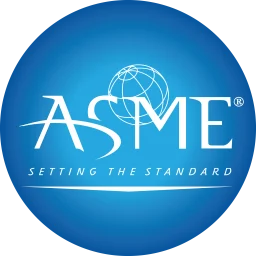
===
ASTM and CAN/ULC Standards are two important sets of standards that play a crucial role in various industries. These standards ensure that products, materials, and systems meet the necessary quality and safety requirements. Understanding the significance of these standards is essential for businesses and professionals who strive for excellence and compliance. In this article, we will delve into the world of ASTM and CAN/ULC Standards, exploring their importance and comparing their differences.
Introduction to ASTM and CAN/ULC Standards
ASTM International, formerly known as the American Society for Testing and Materials, is a globally recognized organization that develops and publishes voluntary consensus standards for various industries. These standards cover a wide range of materials, products, systems, and services, ensuring their safety, quality, and reliability. ASTM standards are widely adopted and utilized by manufacturers, regulatory bodies, and other stakeholders worldwide.
On the other hand, the Canadian Standards Association (CSA) develops and publishes standards for Canada under the CAN/ULC Standards. These standards are specifically tailored to meet the unique requirements of the Canadian market. CAN/ULC standards cover a broad spectrum of industries, including construction, electrical, plumbing, and fire safety.
Understanding the Significance of ASTM Standards
ASTM standards provide a benchmark for quality and safety, ensuring that products and materials meet the necessary requirements. These standards help manufacturers produce reliable and consistent products, while also facilitating international trade by providing a common language for product specifications. Additionally, ASTM standards assist regulatory bodies in establishing regulations and guidelines based on industry best practices.
The significance of ASTM standards extends beyond manufacturing. They are also crucial in research and development, as they provide a foundation for testing protocols and methodologies. Furthermore, ASTM standards promote innovation by encouraging collaboration and knowledge sharing among industry professionals.
Unveiling the Importance of CAN/ULC Standards
CAN/ULC Standards are specifically developed to address the unique needs of the Canadian market. These standards ensure that products and systems are designed and tested in accordance with Canadian regulations and requirements. By adhering to CAN/ULC standards, businesses can enhance the safety and quality of their products, while also complying with local codes and regulations.
CAN/ULC standards play a vital role in various industries, including construction, where they provide guidelines for building materials, fire safety, and energy efficiency. These standards also cover electrical systems, plumbing, and other essential aspects of infrastructure development. By following CAN/ULC standards, companies can ensure that their products and services meet the highest standards of safety and performance in the Canadian market.
Comparing ASTM and CAN/ULC Standards
While both ASTM and CAN/ULC Standards aim to ensure quality and safety, there are some notable differences between the two. One significant difference is the geographical scope. ASTM standards have a global reach, while CAN/ULC standards are specifically tailored for the Canadian market.
Another difference lies in the regulatory framework. ASTM standards are voluntary consensus standards, meaning they are not mandatory but widely adopted by industry stakeholders. On the other hand, CAN/ULC standards are often adopted into Canadian regulations and codes, making them mandatory for compliance in certain industries.
In conclusion, ASTM and CAN/ULC Standards play a crucial role in ensuring quality, safety, and compliance in various industries. These standards provide a benchmark for manufacturers, facilitate international trade, and promote innovation and collaboration. While ASTM standards have a global reach, CAN/ULC standards are specifically designed for the Canadian market. By adhering to these standards, businesses can enhance their products and services, meet regulatory requirements, and gain a competitive edge in the marketplace.
===
To access and download the ASTM and CAN/ULC standards, you can visit code-download.com. This platform offers a comprehensive collection of standards from various organizations, allowing businesses and professionals to easily access the necessary standards for their industry.
